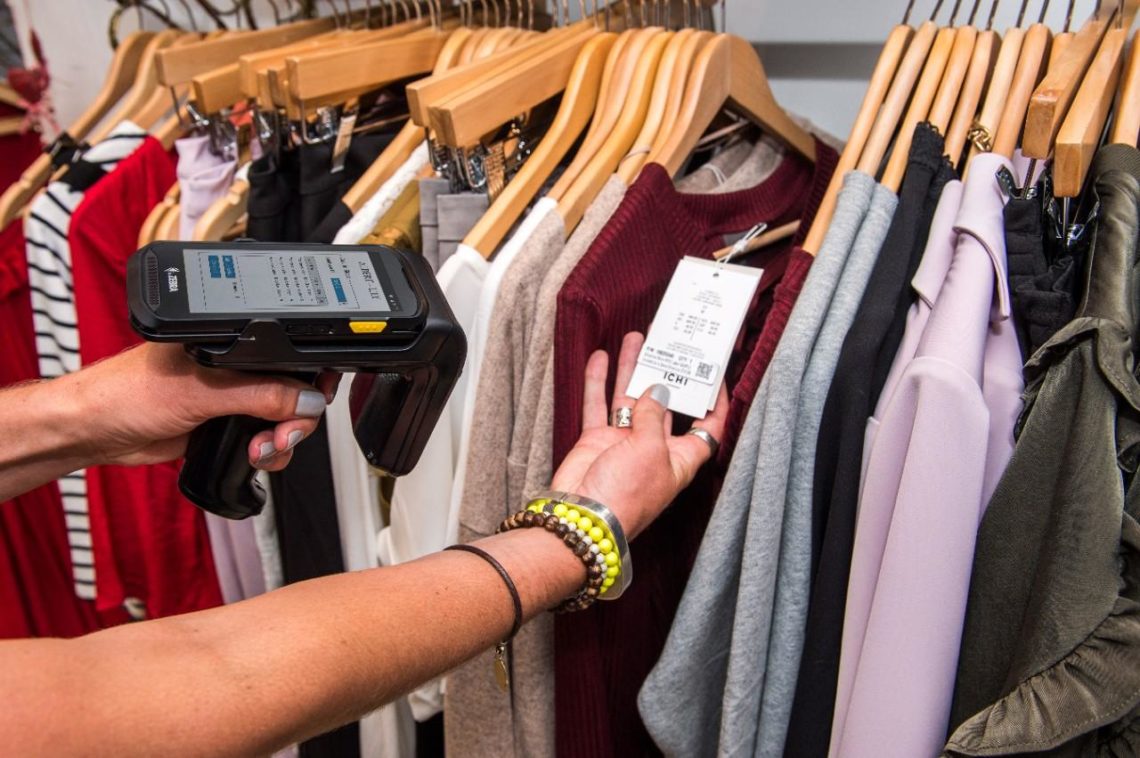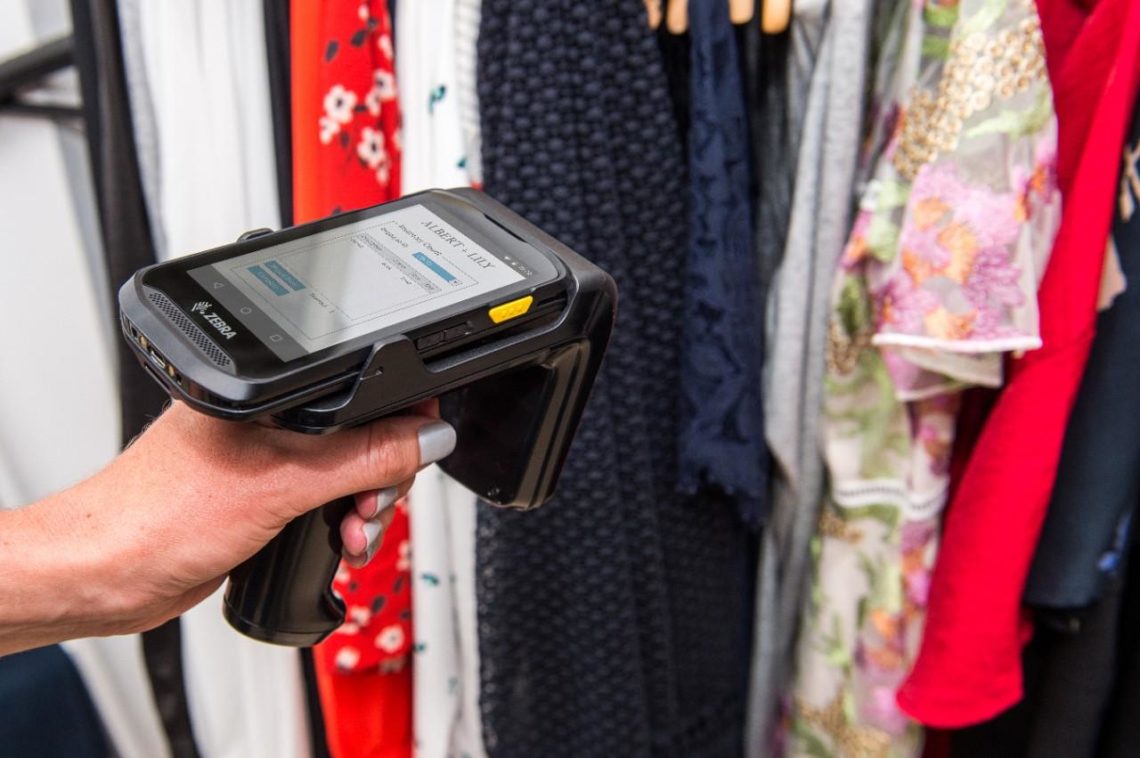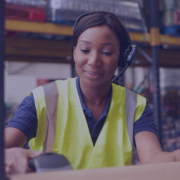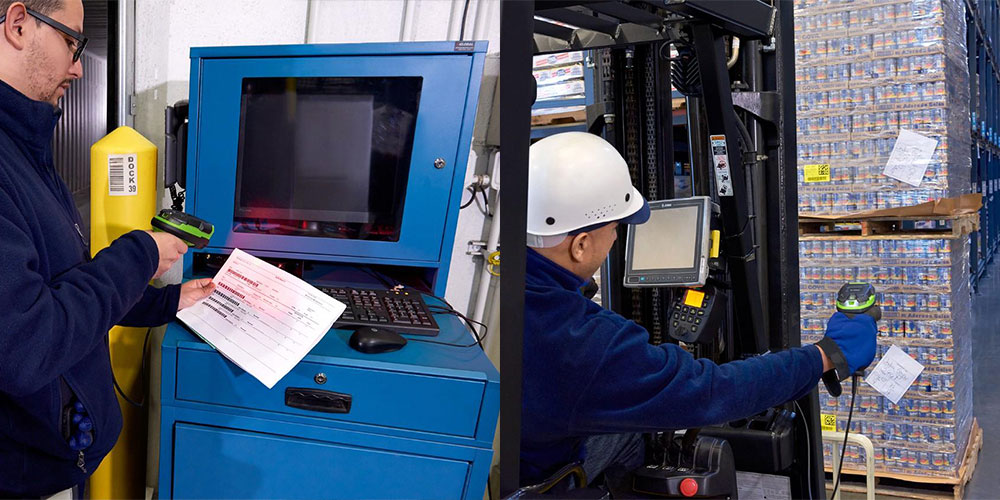Like every technology solution, you have many choices for hardware. With radio frequency identification (RFID), you’ll need a printer that’s specifically engineered to imprint data on RFID tags, as well as an RFID reader to capture the data (similar to a barcode scanner that reads a barcode label). To zero in on the right choice for you, Avalon Integration wants you to know what to look for in an RFID printer and reader. In our last article, we explained the difference between active and passive RFID tags. Once you’ve made the choice of tags, you need to decide on the RFID printer and reader.
Choose an RFID Printer

Are you producing a high volume of RFID tags on a daily basis? If so, you need a printer that doesn’t slow you down. Make sure the print speed meets your needs.
Look for an RFID printer that is compatible with the type of RFID tags you’re producing, like UHF EPC Gen2 or Silverline. Silverline labels are engineered for use on metal surfaces and liquid-filled containers, two materials that can be challenging for RFID, so if you’re labeling these types of products, you must choose an RFID printer that can produce these labels, like the Zebra ZT410 RFID printer customized for Silverline. If mobility is key to working efficiently, you also have the option of a mobile RFID printer. Zebra has developed the ZQ520 RFID printer, a rugged yet compact mobile printer with a military-grade design. With UHF RFID printing and encoding, the ZQ520 can produce RFID labels on-demand, anywhere—ideal for labeling products, cases, and pallets on the go.
Get the right RFID Reader
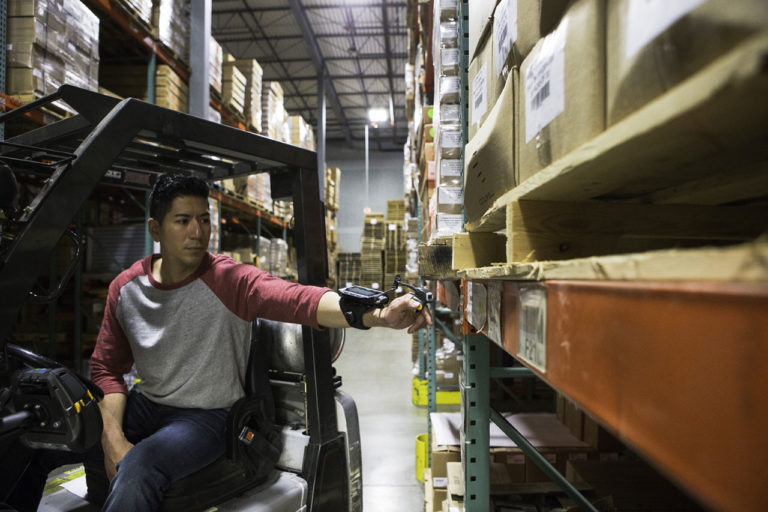
The RFID reader tunes into the radio frequency—low frequency, high frequency, and ultra-high frequency (UHF)—and grabs the data encoded on an RFID tag within its read zone. RFID readers are available in handheld and fixed styles. A handheld reader allows for mobility, so it’s good for anything from cycle counts to shipping and receiving. Another option is an RFID sled, which attaches to a mobile device and adds the RFID reader function, an economical way to incorporate RFID for tasks like inventory. A fixed reader is mounted to a wall, pole, or other surfaces. It reads RFID tags that pass within its range. Fixed readers are commonly used in environments that track high volumes of RFID tags, such as warehouses, distribution centers, and yards.
Pick the right RFID Partner
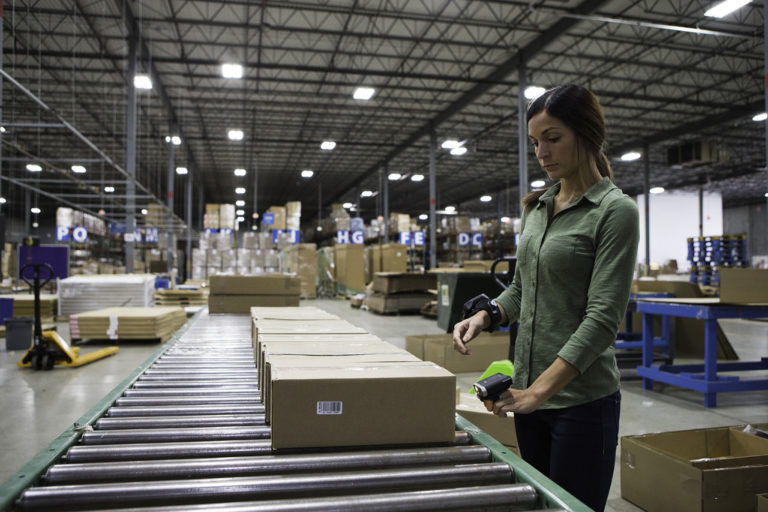
Avalon Integration can guide you to the total RFID solution that fits your business processes and applications. You can count on our experienced, knowledgeable professionals to understand the way you work and identify the factors that lead to making the best choices. Contact us to get more performance and ROI from your RFID technology.





